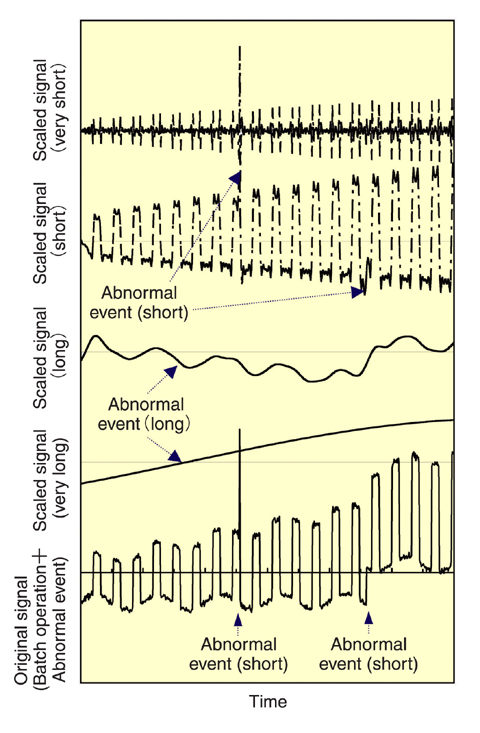Fig.11-3 Overview of safeguards system simulator

Fig.11-4 Abnormal event detection
Japan is unique as the only country that has established a safeguards system for a series of nuclear fuel cycle facilities, including uranium enrichment, fuel fabrication, reactor and reprocessing. This is a result of implementing under full compliance of IAEA safeguards with various nuclear material accounting (NMA) methods and safeguards technologies and promoting peaceful use of nuclear technologies and nuclear nonproliferation.
In an inspection of nuclear fuel reprocessing facilities to verify no diversion of Pu, which might result in production of nuclear weapon, NMA has to be implemented correctly and timely. However, in safeguards technologies adopted in NMA for nuclear facilities, quantitative measures taken in the design stage using numerical simulation have been fairly limited so far. During construction of the facilities, any changes or addition of measuring or monitoring equipment often results in large expenditures. Historically, after the completion of facility design or just before the construction of facility, the investigation of the safeguards system has been started. However, in order to strengthen international safeguards, the start of safeguards system considerations after the completion of the design has led to an increase of development cost due to of the need for the additional safeguards apparatus to comply with standards.
Under these circumstances, a study of an advanced safeguards system which is applicable to future nuclear fuel-cycle facilities has been started. In the initial design stage, the safeguards system should be considered more quantitatively, and cost-effective performance meeting the IAEA criteria should be estimated before a facility construction. Therefore, the development of a safeguards system simulator, which is capable of predicting the NMA performance under the planned facility operation conditions, has been initiated to plan the safeguards system along with the rest of the facility design. The whole diagram of the safeguards system simulator is shown in Fig.11-3.
After deciding the design of the facility process and the arrangement of various apparatuses, we can investigate nuclear material flow and accounting characteristics of the facilities. At this time, using the Nuclear Material Accountancy core in this simulator, the accounting characteristics and a material unaccounted for are investigated to evaluate the effectiveness of safeguards system before it is constructed. This simulator core was originally developed by JAERI, which is the former organization of JAEA, more than 10years ago, and has been remodeled by improving the pre- and post-processor functions.
Moreover, application of a wavelet decomposition method has been investigated using simulation results of numerical operations applied to an abnormal event signal. The wavelet decomposition method is the orthogonal function decomposition in time and frequency domains. As shown in Fig.11-4, the abnormal event is effectively detected. In this way, process monitoring is investigated before the facility operation. A Multivariate and Multi-scale core has been developed for this purpose.
We have been developing a Multiple Optimization core and a Virtual Visualization core, and the safeguards system simulator will enable us achieve reliable safeguards design in the near future.
<Previous: 11 Scientific & Technical Development for Nuclear Nonproliferation | Next: 12 Development of Experimental Techniques / Facilities at JAEA R&D Centers >